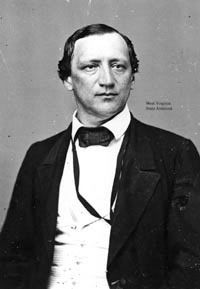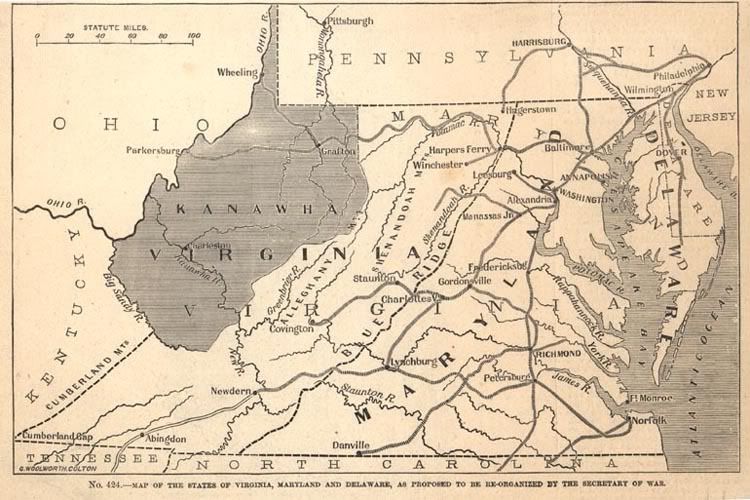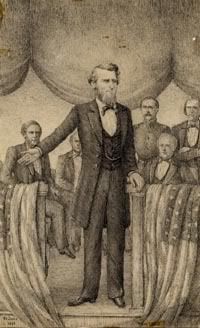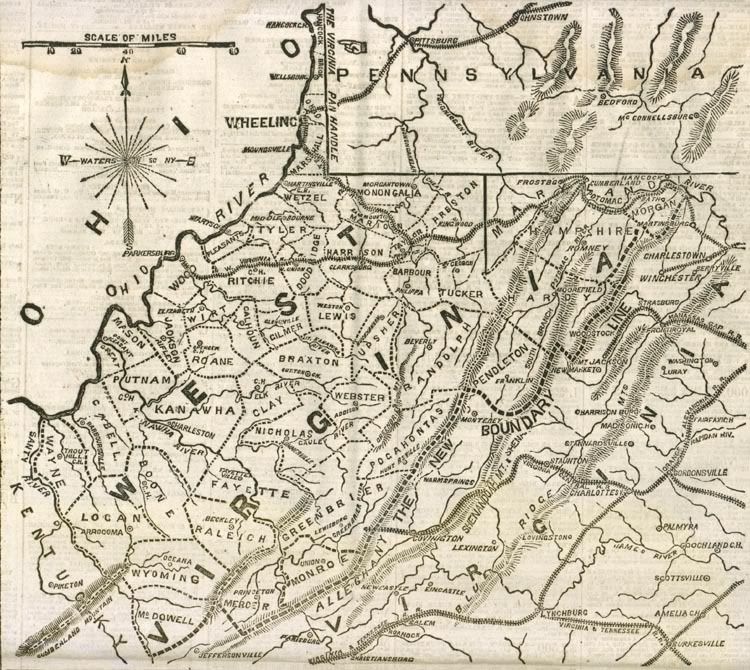The History of West Virginia
West Virginia was the only state formed as a direct result of the Civil War. In 1860, with the election of President Lincoln, many southern states began to secede from the Union, setting the stage for the Civil War. On November 15, 1860, a convention was held in Richmond to decide whether Virginia would also secede from the Union or stay. For the first two months of the convention, the general consensus among the delegates was that Virginia would stay in the Union. However, on April 12, 1861, Ft Sumter surrendered to the Confederate forces and three days later, President Abraham Lincoln issued a call for 75,000 troops to put down the rebellion. It was these events that convinced the majority of the delegates that it was time for Virginia to secede from the Union. On April 17, 1861, the Ordinance of Secession was passed by a vote of 88 to 55. The Western delegates withdrew from the convention and began to plan an opposition to the ordinance.
Throughout the western part of Virginia, citizens met in support of the opposition to the ordinance. The majority of western Virginians opposed the Ordinance of Secession.

John Carlile
"On May 14, John Carlile proposed a resolution for the creation of the new state of New Virginia. Opponents deemed this proposal revolutionary, and the majority of the delegates supported resolutions offered by the Committee on State and Federal Resolutions, which recommended that if the people of Virginia approved the Ordinance of Secession on May 23, western Virginians would elect delegates to a Second Wheeling Convention to begin on June 11, 1861."(from http://www.wvculture.org/history/statehood/statehood05.html)
On May 23, 1861, the Ordinance of Secession was approved by the voters of Virginia. During the months that followed, the citizens of western Virginia met to voice their opposition or support for the ordinance. When Governor John Letcher announced that the ordinance had been passed and that most of the votes from western Virginia had not been delivered to Richmond, the voters were outraged.
On August 6, 1861, the delegates of the Second Wheeling Convention reassembled. During this convention, the delegates passed an ordinance that voided the actions of the Richmond Convention, declaring those actions "illegal, inoperative, null, void, and without force or effect."
The convention then assembled a committee on the Division of The State. After a week of deliberations, the committee presented a dismemberment ordinance to the delegates of the convention. Delegates then debated for several days over the boundaries of the new state. On August 20, 1861, the committee proposed that the new state, to be named Kanawha, would consist of 39 counties, with 7 more counties to be added if the majority of those voters approved of it. On October 24, 1861, the voters in the counties of the newly proposed state would have their say.
"You have taken the initiative in the creation of a new State," convention president Arthur Boreman remarked in adjourning the convention. "This is a step of vital importance. I hope, and I pray God it may be successful; that it may not engender strife in our midst, nor bring upon us difficulties from abroad, but that its most ardent advocates may realize their fondest hopes of its complete success. So far as I am personally concerned, I am content with the action of this Convention; I bow with submission to what you have done upon this subject."

Map of the proposed new state of Kanawha
After the ballots were counted, it was shown that 18,408 had voted in favor of the new state while only 781 opposed. On November 26, 1861, delegates met in Wheeling to create a constitution for the new state. Among the issues discussed at the meeting were the name of the new state, boundaries and slavery.
The name "Kanawha" was opposed by many of the delegates who said that there were already a county and two rivers with that name. A lengthy debate began over the name of the new state. Some spoke in favor of including "Virginia" in the name while others opposed it. Eventually, the name "West Virginia" was selected.
West Virginia voters went to the polls on May 28, 1863 to elect their new officials. Arthur I. Boreman of Wood County was elected as West Virginia's first governor. Governor Boreman referred to West Virginia as "the child of the rebellion," and stated that "to-day after many long and weary years of insult and injustice, culminating on the part of the East, in an attempt to destroy the Government, we have the proud satisfaction of proclaiming to those around us that we are a separate State in the Union."

Arthur I. Boreman
Eventually, the question of constitutionality of the formation of the new state was brought before the United States Supreme Court, in the case of Virginia vs West Virginia (1870). Virginia repealed the act of cession and in 1866 brought about a suit against West Virginia, asking the court to declare the counties of West Virginia as part of Virginia. The Supreme Court sided with West Virginia and there was never any further debate on the matter.
Beginning in 1865 during Reconstruction, Virginia and West Virginia argued over West Virginia's share of the pre-War Virginia debt. In 1915, the issue was settled by the Supreme Court who ruled that West Virginia owed Virginia $12,393,929.50. The debt was paid off in 1939.
Besides the dispute over the debt, disputes over the exact location of West Virginia's border in some of the northern mountain regions of Loudoun County, Virginia and Jefferson County, West Virginia continued well into the 20th century.

Map of the new state of West Virginia




0 Comments:
Post a Comment
Subscribe to Post Comments [Atom]
<< Home